Audio /
Transcription Annotation
Audio annotation refers to the process of labeling and tagging audio data with relevant metadata or annotations to enhance its understanding and analysis. It involves manually reviewing audio recordings and assigning descriptive labels or tags to specific segments or characteristics of the audio.Audio annotation can involve various tasks and types of annotations, depending on the application and objectives that is cost-effective.
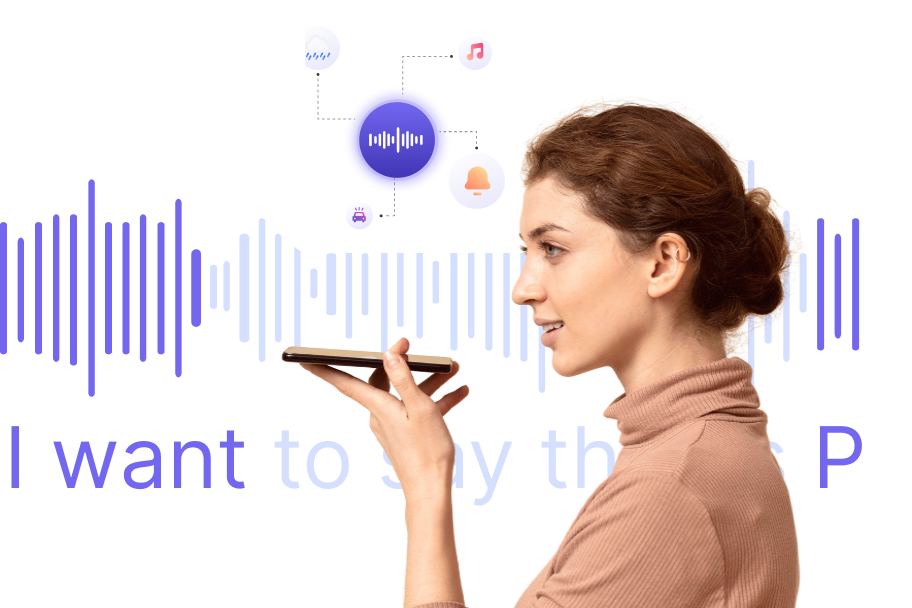
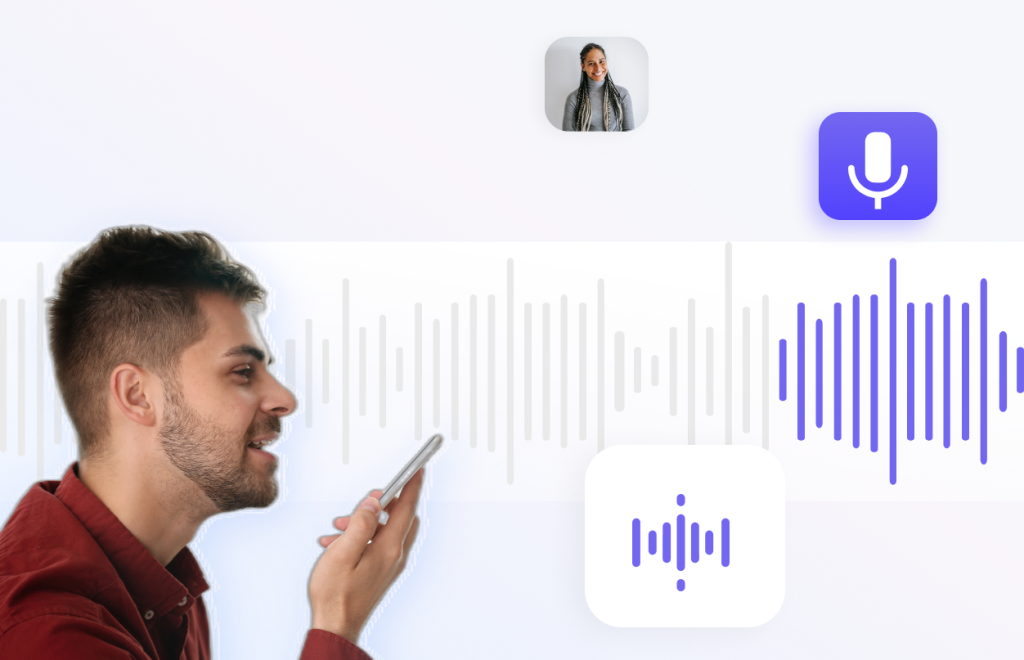
Speech Recognition
Annotating audio recordings with transcriptions of the spoken words or phrases. This helps train and improve automatic speech recognition (ASR) systems.
Use Cases
- Allows users to speak instead of manually typing, aiding in content creation.
- Helps in call routing, sentiment analysis, and voice-based customer support, improving efficiency, and customer service quality.
- Enables voice-controlled systems and devices.
- Powers voice search functionality in search engines or mobile applications.
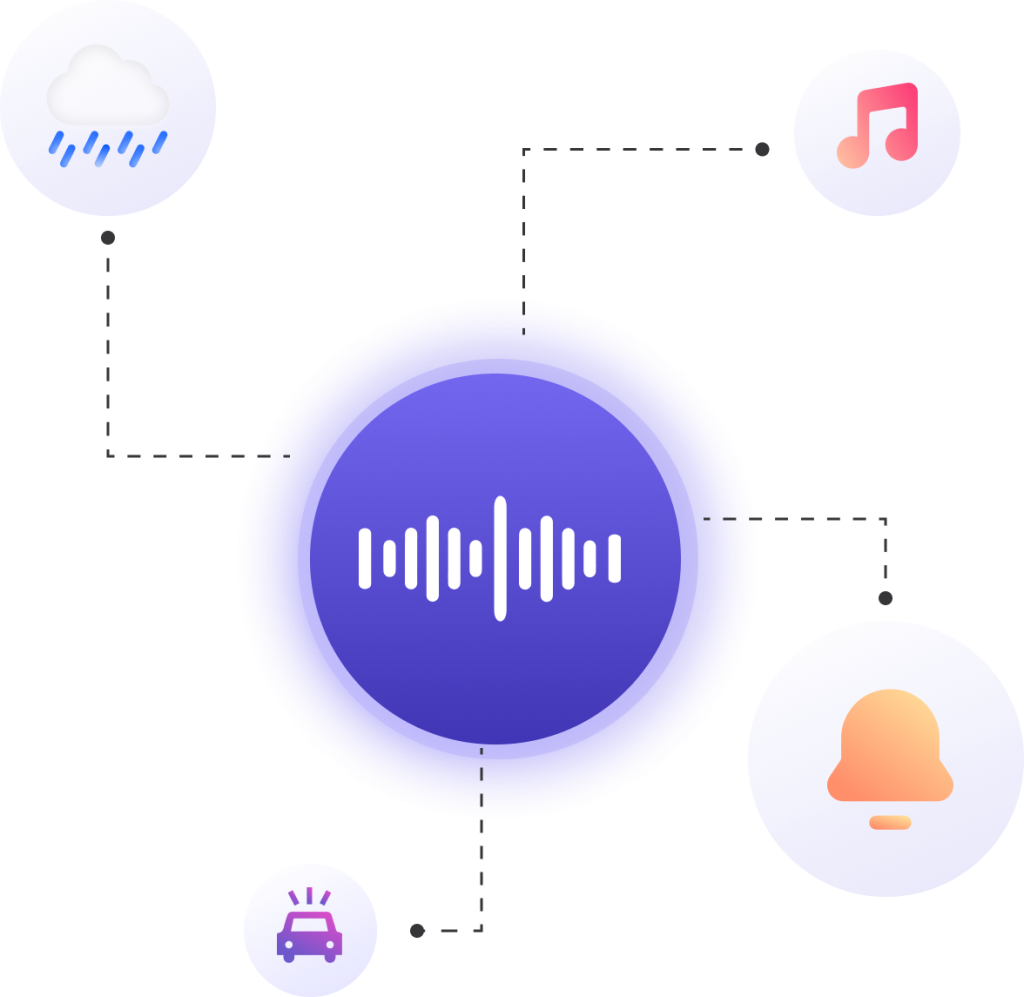
Audio Event Detection
Labeling specific sound events or occurrences within an audio recording, such as dog barking, car honking, doorbell ringing, or music playing. This helps build models for audio event detection and classification.
Use Cases
- Monitor and classify environmental sounds, such as sirens, alarms, car horns, or animal sounds.
- Audio event detection is applied in surveillance systems to detect specific events or activities based on audio cues.
- Aids in speech and speaker recognition tasks.
- Enables the recognition of voice commands.
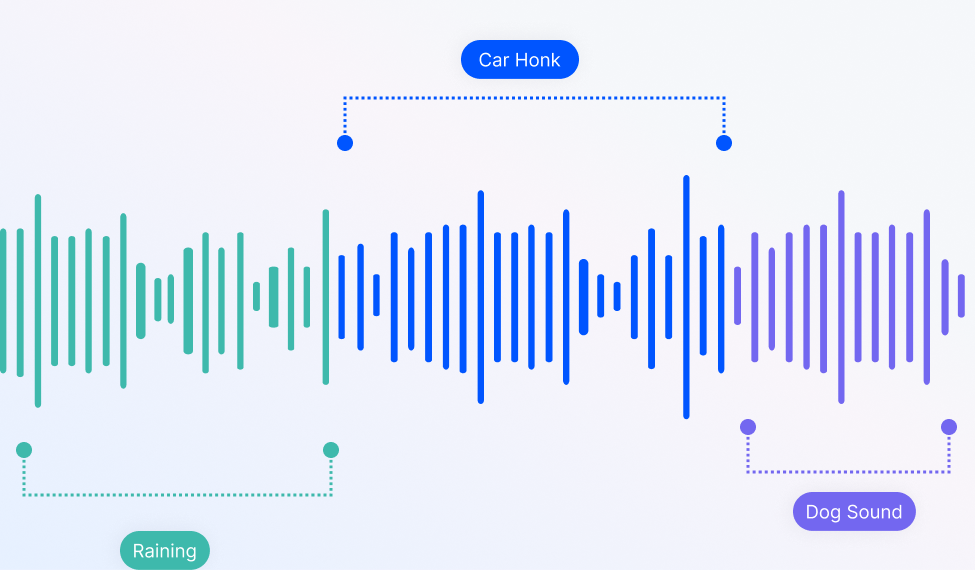
Environmental Sound Classification
Annotating audio recordings with labels that identify environmental sounds, such as rain, birdsong, traffic noise, or sirens. This assists in building models for environmental sound classification and analysis.
Used Cases
- Applied in analyzing soundscapes, which are acoustic environments or auditory landscapes.
- Crucial in noise monitoring and control systems.
- Aids in wildlife monitoring and conservation efforts.
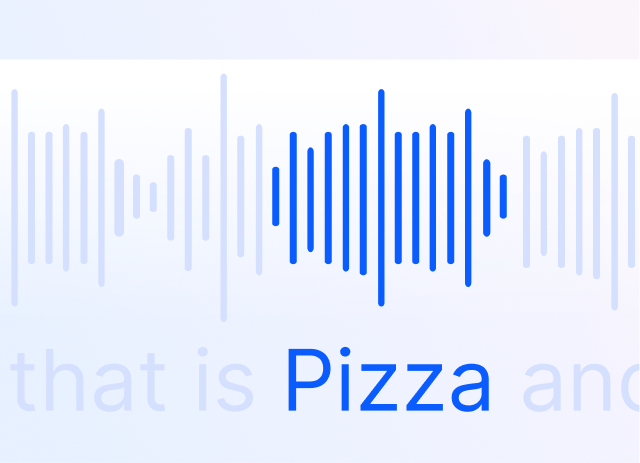
Transcription Alignment
Aligning transcriptions or text data with corresponding audio segments to create synchronized transcripts. This is helpful for tasks like generating captions for video content or aligning audio with textual annotations.
Used Cases
- Subtitling and captioning videos.
- Language learning and education applications.
- Speech-to-text conversioc speecn or automatih recognition (ASR) systems.
- Qualitative research, specifically for analyzing interviews or focus group discussions.
- Important in legal proceedings, such as court hearings or depositions.
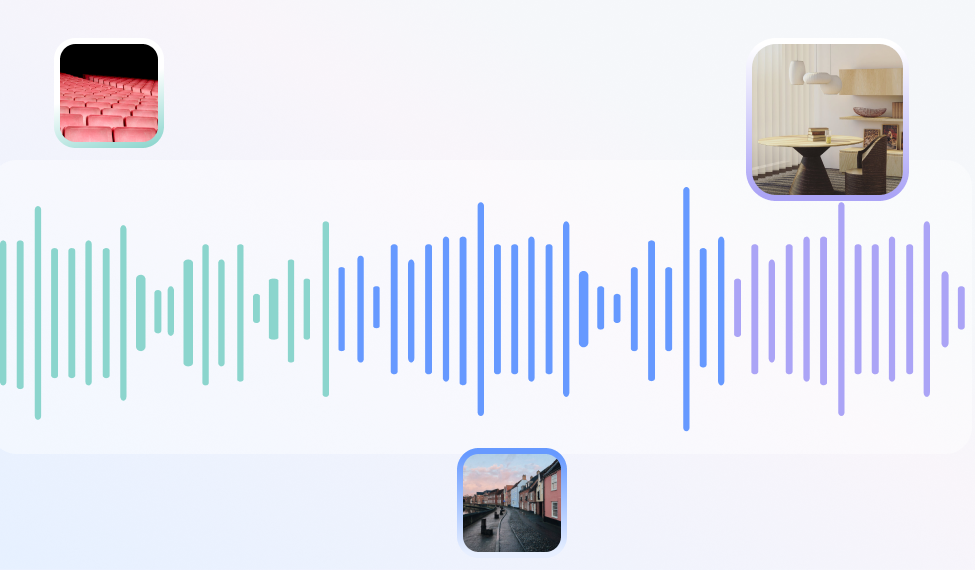
Acoustic Scene Classification
Labeling audio recordings with categories or tags that identify the acoustic environment or scene in which the recording was made. This can include labels like indoor, outdoor, office, street, or concert.
Used Cases
- Audio surveillance and security systems.
- Environmental monitoring and conservation efforts.
- Smart home systems and IoT applications.
- Utilized in context-aware applications.
- Audio content indexing and retrieval
Ready to Get Started ? We Are
We’d love the opportunity to answer your questions or learn more about your project. Let us know how can we help

